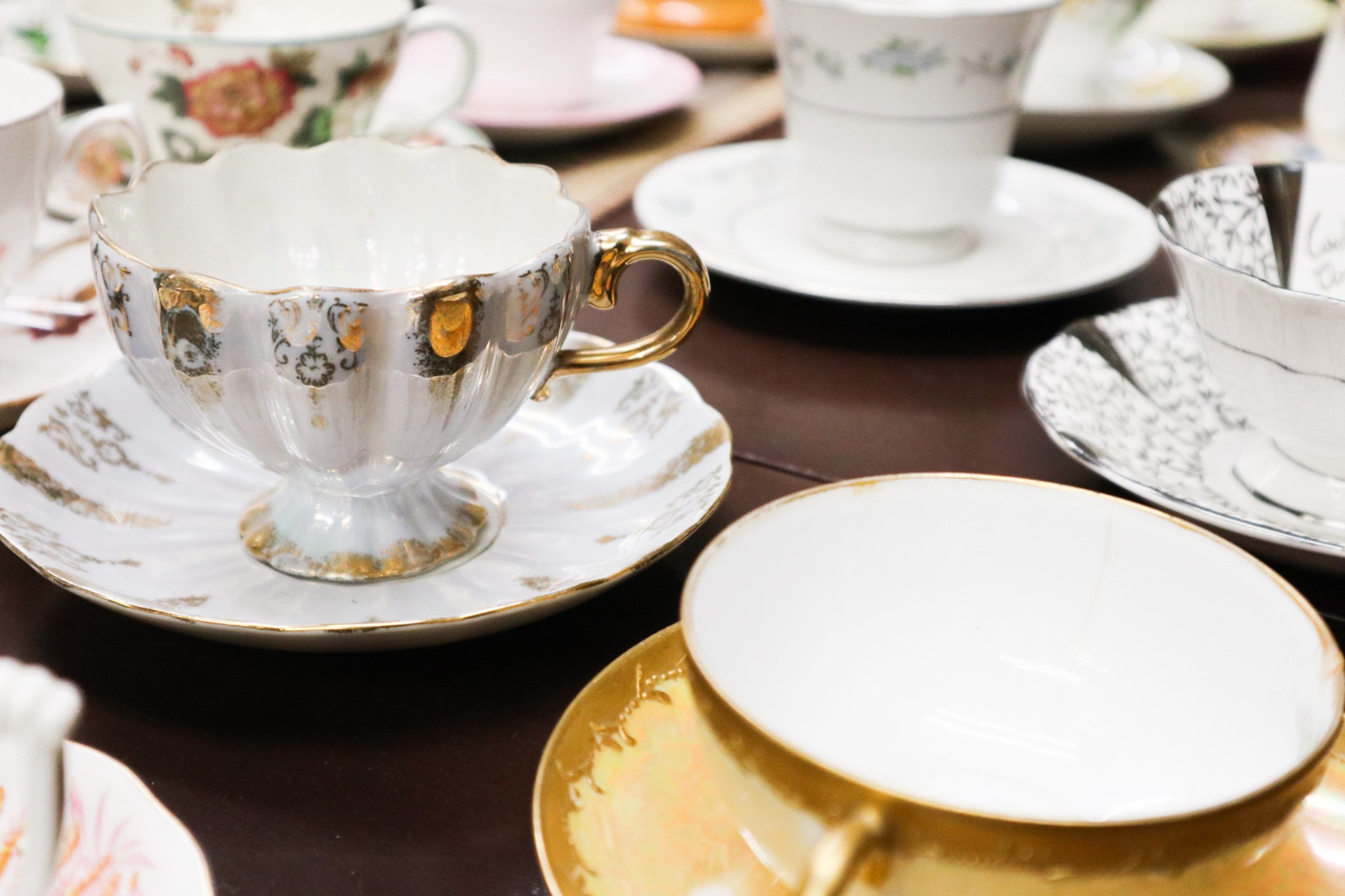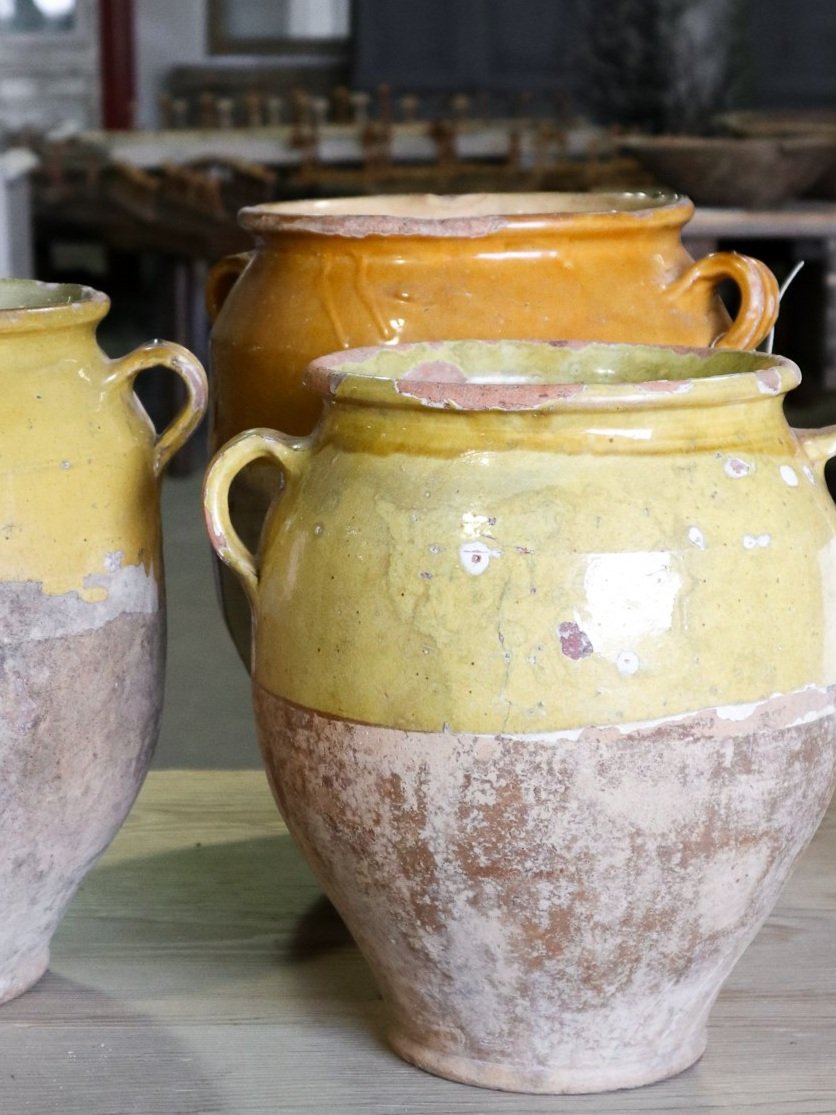Vintage Glossary: Antique vs. Vintage vs. Retro vs. Architectural Salvage
Incorporating aged pieces into your home is a great way to add personality and interest to your decor. From furniture pieces to small accessories, there’s no shortage of fabulous finds out there. Items with history are great conversation starters, and offer a room a different kind of warmth and flavour than a newer item will. Having an understanding of how old and authentic an item actually is, is a great place to start. There are a lot of reproductions and knock-offs out there, so to avoid disappointment, start by getting familiar with the terms, and the meaning of each.
So what’s vintage vs. retro? Antique vs. Architectural Salvage? If you’re interested in adding items with character, and history into your home, we’ve got you covered with a glossary of definitions depending on the age and era of each item.
RETRO
20 YEARS
Generally, pieces made in the last 20 years, which are a reproduction of an earlier style, and not actually from that period. Retro references the appearance of the object, rather than its genesis. The term comes from the Latin prefix meaning “backward”. This looking back has helped to bring outdated styles back into fashion. A retro item is often more affordable than its real counterpart from the referenced period.
VINTAGE
20-90 YEARS
Refers to items which are at least 20 years old, and up to 99 years of age. Vintage pieces are actually from the time period they represent (as opposed to “retro”), and should be representative of the best of the era in which they were produced. A sense of nostalgia or cultural significance is often tied to something vintage.
ANTIQUE
100+ YEARS
A collectible item that is confirmed to be at least 100 years old, and is valued for its beauty, quality, rarity, or condition. Furniture would be handmade, or made with hand tools. Collectability depends on how many pieces of a particular style were produced. The market for antiques has been on the decline in recent decades, as tastes and home styles change and evolve. Therefore, antiques are often used as accents in the home, rather than as everyday furnishings.
ARCHITECTURAL SALVAGE
DEPENDANT ON AGE OF BUILDING
Parts of a building that is being demolished or renovated that are saved for use in or on another building. These can include: lumber, hardware, lighting and plumbing fixtures, doors, moulding, tile, bricks, windows, mantles, and decorative details. Salvage can be a cost effective alternative to new components, and may be of greater quality, but also may need to be restored.
Hello!
Welcome. We’re so happy you stopped by. Our goal is to be a leader in the interior design and lifestyle industry, known for our creativity, authenticity, professionalism and expertise, as a go to resource to learn, work with or simply be inspired. Thank you for spending time with us!


















The next segment in our 5W’s and an H series discusses WHERE to enlist the help of an interior designer. Calgary Interior Designer, Nyla Free, shares a few avenues for finding a designer.